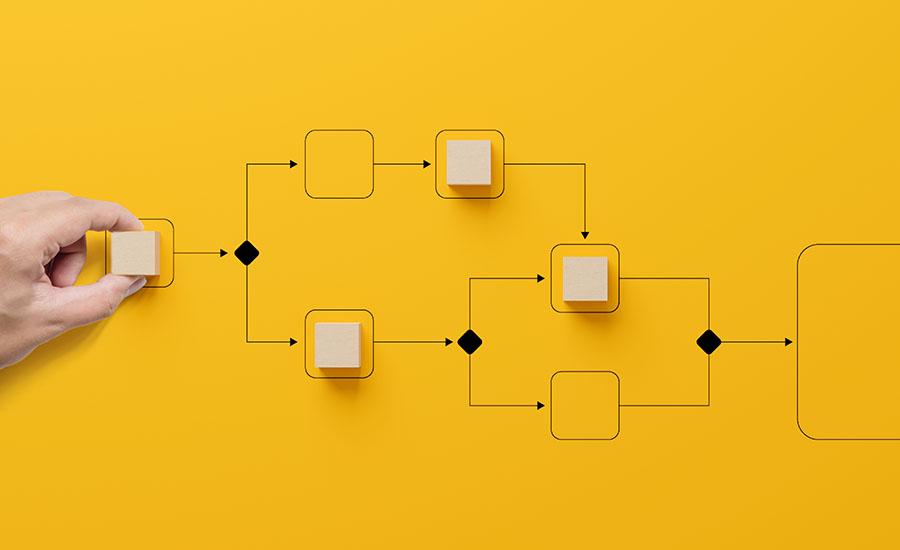Students will participate in a hands-on scientific experiment that addresses the question: "Can you grow plants without seeds?" To further explore this concept, students will actively listen to a read
This a hands on activity that will have the students measure the frequency of a resonating glass bottle by using their cells phones. They will then combine with other groups to play a well known song
Engineers often create small-size models of a new product to test its design. This is especially true with airplanes. Model testing tells engineers how a design responds to different air conditions
Students will read the novel, "The Lion of Mars", design & launch paper rockets, and then design a sustainable Mars Colony inspired by the novel. This hands-on lesson is scheduled to take around 15
Students use large building bricks to practice computational thinking, direction giving and being specific in those directions. This lesson can be completed in one 30-45 minute class session. This is
In this unique and engaging lesson, students will simulate the Oregon Trail journey using STEM to make decisions and analyze outcomes. They will collaborate and communicate effectively with their
Students will construct a straw rocket launcher that utilizes air pressure as the force to push the rocket through the air. A STEM journal will guide them through planning an investigation. Students
This lesson plan involves dilation and scale factors and how the human eye perceives 3D when it only uses 2D images. The hand-on activity is a perspective drawing of a city scape and teaches about
Students design and test a device for an egg drop in this engaging and hands-on lesson. They will document their data, make modifications to designs, and assess what the outcome is of their own drop
In this hands-on lesson, students illustrate and find the area and perimeter of the rockwool pattern. They also create an expression to represent the number of seeds needed to plant their rockwool
The purpose of this lesson is to introduce and apply the concept of frequency. Students will begin by a motivating “click the mouse” challenge. This will help them to develop the concept of frequency
This lesson is an introduction to CAD, possibly leading up to 3D printing. The idea is to be familiar with CAD and more specifically the TinkerCAD application.
In this lesson, students will understand the impact of oil spills in the ocean. They will work cooperatively to come up with solutions and materials to clean up a simulated oil spill. Students will
Students will research and understand bird evolution. They will identify the functions of body parts and ecosystems. They will predict evolutionary changes that a specific bird will go through and the
In this inquiry-based lesson, students explore energy with the phenomenal Newton's cradle. They will be able to understand and apply the Law of Conservation of Energy. Students will identify the
The investigation focuses on how a rubber band is used to transfer energy to an object. Students will determine a pattern for how the speed of the rubber band determines the distance a paper cube
The following lesson is an engineering design lesson, with the optional ELA or Math component. Students will use popsicle sticks to construct a Truss Bridge and/or an Arch Bridge. Students will
The goal of these lessons is to introduce work and power and then apply it by having students find the power produced by a future NFL player. The students will then be challenged to see what type of
In this lesson students will identify the four seasons. They will then explore how trees change with the seasons and how that impacts what humans wear and act. Students will also count to four and
Designed for three hour-long STEAM Club meetings for scholars from kindergarten - fourth grade. This lesson plan can also be used for fifth-seventh grade scholars. Scholars will learn about
This is an introductory lesson that focuses on kinetic energy, the energy of motion, potential energy, the energy of future motion, their relation to each other, the effect of Earth's gravity on an
Students design and build air powered gliders in this engaging lesson. This is a fun way to teach and apply principles of force as they apply to flight including lift, gravity, thrust, and drag
This STEM lesson is designed to explore electrical circuits and engage in a hands-on activity to create, label, and identify the differences between parallel and series circuits. Students will develop
An exploratory lesson on the relationship between pi and circumference. The students can measure the circumference of everyday items and explore the ratio of pi between the circumference and diameter
Featured Lesson Plans
Check out these notable lesson plans.

This lesson is about exploring Arizona's state bird, the cactus wren, that lives in the desert, has special body parts and behaviors that help it survive in its harsh environment. Students will learn

In this primary Kindergarten-1st grade STEM lesson, students will learn to define algorithm, bug, and debug in reference to programming. Through engagement with a virtual simulation, students will

Math Magic through Coding!
In this 2nd grade STEM lesson, students will learn how symbols (directional arrows) can be used to program an object's movements. They will develop an algorithm using a sequential graphic organizer to
